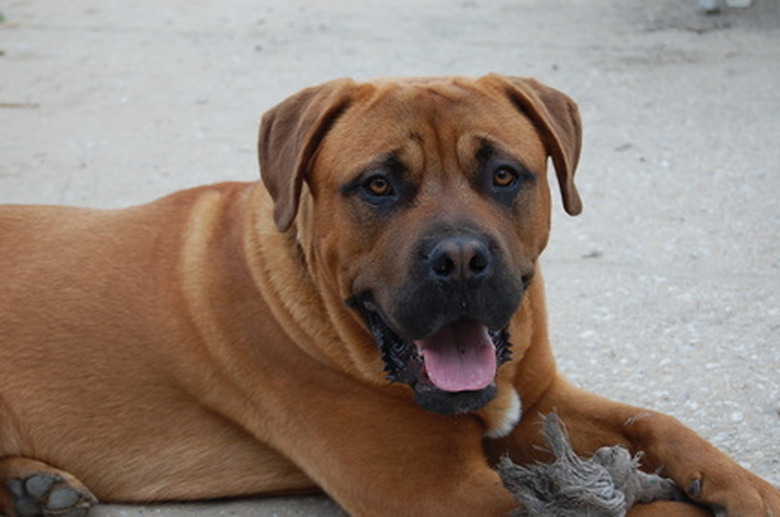Is Crabgrass Preventer Harmful To Dogs?
Crabgrass preventers are also referred to as pre-emergent herbicides and are applied to lawns before the weeds show up. Generally it is recommended to keep children and pets off a lawn for 24 hours after a herbicide has been sprayed and to keep chemicals stored in an area out of their reach. The same recommendations go for most pre-emergent herbicides used to prevent crabgrass, however one natural ingredient that forms the base of organic herbicides is safe for your dogs.
Pendimethalin
Pre-emergent herbicides that are pendimethalin-based are effective at preventing the invasion of crabgrass. According to the Environmental Protection Agency, the toxicity rating for this chemical is low. It rates as being in the third out of four categories for toxicity, where the first is the most dangerous. But the agency adds that your dog should not contact any liquid-sprayed lawn until the herbicide is dry. If you use a dry form of pendimethalin herbicide, do not allow your dog to wander around the yard until the particles have settled into the ground. Whether you plan to use a wet or dry pendimethalin herbicide, do not allow your dog to come into contact with the yard until 12 to 24 hours after application. Do not apply more than 2 pounds per acre states the EPA.
Prodiamine
Prodiamine-based herbicides are also effective at preventing crabgrass. According to Refuse to Use Chem Lawn, prodiamine is a possible carcinogen and can lead to pulmonary fibrosis after long-time exposure. Although the effects on dogs are not stated, the chemical can be fatal to fish and invertebrates. Mammals may suffer from minor skin and eye irritations when exposed.
Corn Gluten Meal
Several products exist that have a corn gluten meal base. Corn gluten meal is natural, safe for dogs and other pets and is effective at preventing crab grass, states the University of Wisconsin-Extension. Corn gluten meal disrupts the germination process of seeds, such as those of weeds. Thus, it is wise not to apply it after you have just seeded your lawn. Corn gluten meal also contains nitrogen and acts as a partial fertilizer. The University of Wisconsin-Extension recommends applying corn gluten meal products at a rate of 20 pounds per 1000 feet.
Organic Control
Maintaining a healthy lawn is a way to prevent the invasion of crabgrass without having to apply pre-emergent herbicides that are potentially dangerous to your dog. Planting grass species that are native to your region, watering deeply but not too frequently, only mowing to a height of 3 inches and dethatching all help with promoting a vigorous lawn.
